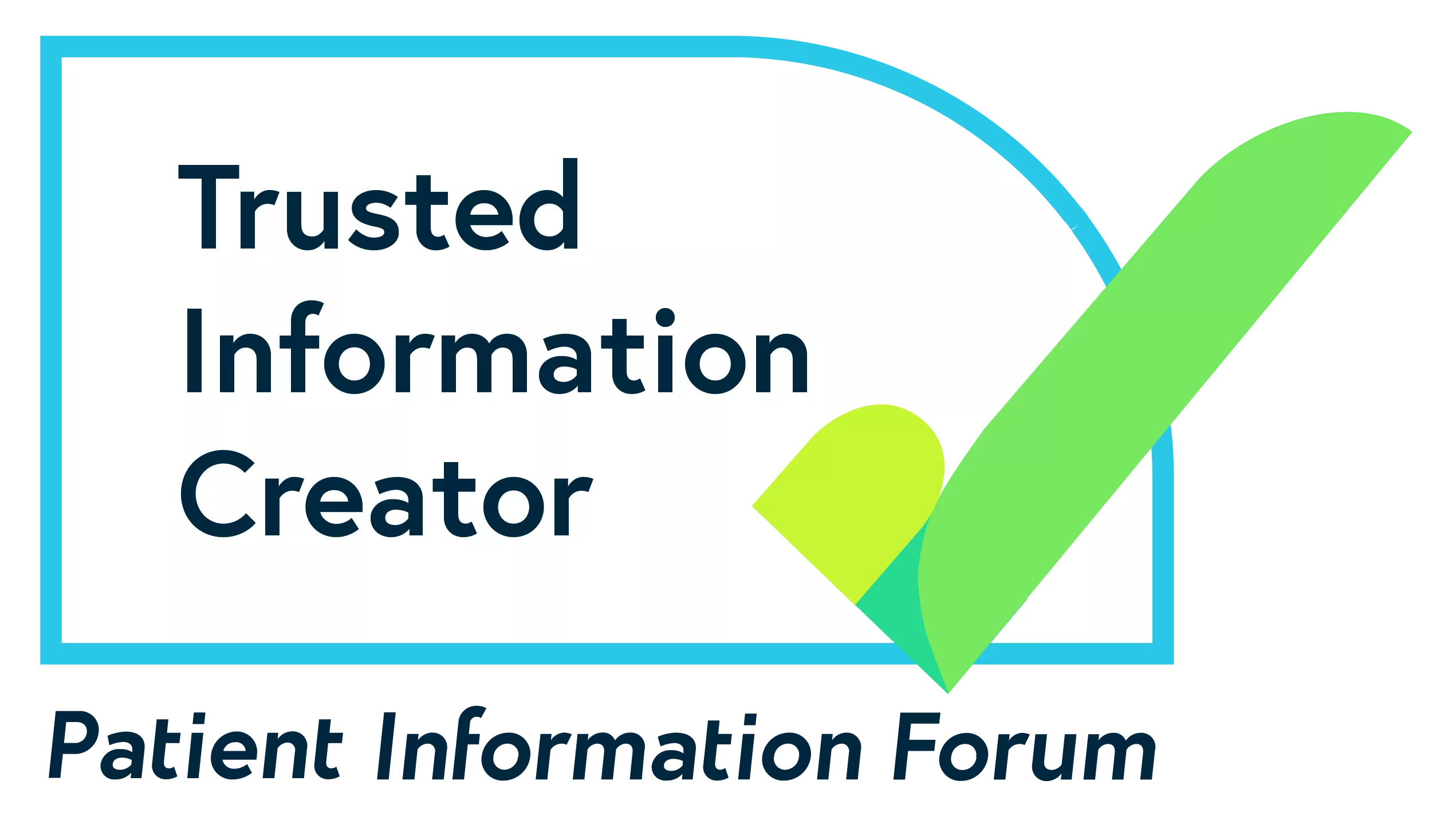What is paranoia?
Learn about paranoia, including its possible causes, how it can make you feel, and how it relates to mental health.
What is paranoia?
Paranoia is when you feel like you're being deliberately harmed in some way, but there's no evidence, or very little evidence, that you are.
We all experience suspicious thoughts about how others may harm us. But these thoughts are more likely to be paranoid if:
- No one else shares the suspicious thought
- There's no evidence for the suspicious thought
- There's evidence against the suspicious thought
- You still have the suspicious thought despite reassurance from others
- Your suspicions are based on events that can be misinterpreted
I find it really hard to trust people as my head tells me they're out to get me.
What are some examples of paranoia?
Everyone will have a different experience of paranoia. But these are some examples of common paranoid thoughts. You might think that:
- You're being talked about, laughed at or judged behind your back
- Other people are trying to make you look bad or exclude you
- You're at risk of being physically hurt or killed
- People are using hints and double meanings to secretly threaten you or make you feel bad
- Other people are trying to upset or annoy you
- People are trying to take your money or possessions
- Your actions or thoughts are being interfered with by others
- You're being watched by people or organisations, either on or offline
You might have these thoughts very strongly all the time. Or you might have them sometimes, such as when you're in a stressful situation.
They might cause you a lot of distress or you might not really mind them too much. If these thoughts are affecting your everyday life, you may be experiencing a mental health problem.
See our information on treatment and support for paranoia if you'd like to get support. Our pages on seeking help for a mental health problem may also help.
In paranoia, your fears become amplified and everyone you meet becomes drawn into that web. You become the centre of a threatening universe.
What is a justified suspicion?
Not all suspicious thoughts are paranoid. We all have good reason to be suspicious sometimes.
Justified suspicions are suspicions that you have evidence for. And they can help to keep you safe. For example, if lots of people have been mugged in your area, it's not paranoid to think that you might be mugged too. You might then be more aware of your surroundings when going out.
The evidence for your suspicions might be personal to you. But it can also come from a history of discrimination and prejudice. For example, if you're a young black man and you know that the police target more young black men for stop and search. In this case, it's not paranoid to worry that you might be stopped and searched yourself.
It can sometimes be difficult to know whether your thoughts are paranoid or if they're justified suspicions. This is especially if someone else tells you that your thoughts are paranoid when you don't think they are.
Our information on self-care for paranoia has tips to help you understand and make sense of your thoughts.
Causes of paranoia
No one knows exactly what causes paranoia. It's likely to be a combination of different things, such as:
- Difficult experiences in your childhood such as being bullied or abused
- Low self-esteem
- Having mental health problems, such as depression and anxiety
- Living in an environment where you might feel isolated from others
- Having certain illnesses, including Parkinson’s disease, Alzheimer’s disease or dementia with Lewy bodies
- Not getting enough sleep
- Taking recreational drugs and alcohol
- Engaging with media reports of crime, terrorism and violence

Postnatal psychosis and me
I thought everyone was whispering behind my back and saying I was a bad mum.
Is paranoia a mental health problem?
Paranoia is not a mental health problem itself. But it can be a symptom of other mental health problems.
Lots of people have paranoid feelings at some point in their lives. But if paranoia starts to affect your everyday life, this may be a sign that you're experiencing a mental health problem and need support.
Paranoia can be a symptom of psychosis. This can be part of a few mental health problems, including:
- Schizophrenia – a mental health problem related to psychosis
- Schizoaffective disorder – a mental health problem where you experience psychosis as well as mood symptoms
- Bipolar disorder – some people with bipolar disorder experience psychosis, most commonly during manic episodes
- Postnatal psychosis – a type of psychosis that develops after someone gives birth
If you experience psychosis, you may experience paranoid delusions, which can be very frightening. They often relate to a feeling that someone wants to harm you.
Paranoia can also be a symptom of some personality disorders, particularly in moments of extreme stress.
And there are similarities between paranoia and anxiety. Anxiety can cause paranoia. Or it can lead to an increase in paranoid thoughts. Paranoid thoughts can also make you feel anxious. But there are differences between anxiety and paranoia. For example:
- People who have paranoid thoughts may be more likely to experience delusions or hallucinations than people with anxious thoughts.
- Paranoid thoughts usually focus on specific threats or potential harm from other people. Anxious thoughts can be about many different things.
Hearing voices, paranoia and schizophrenia
Watch Miles talking about his experiences of paranoia and hearing voices.
How you might act
These are some things you might do because of your paranoid thoughts:
Safety behaviours
Safety behaviours are things you might do because of your paranoid thoughts, to make yourself feel safer. For example, you might avoid certain people or places, or stay indoors a lot. These are also called safety-seeking behaviours.
Safety behaviours could make you feel safer at first. This might make you do them even more. But this cycle can mean it's more difficult to try different ways of coping with scary situations. Or to test your beliefs and see if they are justified or not.
Pushing other people away
If you think someone is threatening you or wants to harm you in some way, you may not be able to trust them. You might push them away, distance yourself, or decide that you're better off without them.
But this can make people treat you differently. They might try to avoid you. This could make it feel that your beliefs are justified.
How you might feel
Experiencing paranoia may make you feel:
Isolated or alone
You might feel as if no one understands your thoughts. It can be hard if other people don't believe things that feel very real to you.
You may find it difficult to make or keep friendships. This may feel even harder if your thoughts mean you avoid people and stay indoors a lot.
Paranoia is a very lonely and very frightening illness – it strips people of their confidence.
Worried and anxious
People who experience paranoia might keep worrying or feeling anxious about the same thing. The more this cycle continues, the more vulnerable you are to paranoid thoughts.
For example, you might have persistent thoughts and memories about someone hurting you in the past. And you may use this as evidence for feeling paranoid about someone hurting you in the future.
Some people might describe a paranoid thought as a type of anxious thought. Both anxiety and paranoia can happen when you feel threatened by something. What really disturbed me was the strength of the panic that felt like being stabbed. I realised this thought was paranoid but it was the idea that I could think something as bizarre as this that was terrifying to me.
This information was published in February 2024. We will revise it in 2027.
References and bibliography available on request.
If you want to reproduce this content, see our permissions and licensing page.













